The saying “The eyes are the windows to the soul” rings true for most pet owners, who feel a deep connection with their furry pal when they look into their eyes. A pet’s eyes are important not only for vision and navigation, but also for expression and communication, and pet owners should learn to recognize eye disease signs and know when veterinary care is necessary to preserve their pet’s eye health, eye comfort, and vision.
As veterinary ophthalmology specialists, the Envision More Veterinary Ophthalmology team treats pets with a wide range of eye conditions. Some present more frequently, so we want to share the most common eye diseases in pets, and the action pet owners should take if they notice a problem.
Identifying eye disease in pets
Eye diseases can present in different ways, depending on the eye parts affected and the exact disease process. General eye disease signs include:
- Redness
- Squinting
- Tearing
- Thick or sticky discharge
- Eyelid or eyelid lining (i.e., conjunctiva) swelling
- Rubbing or scratching at the eyes
- Cloudy, blue, or grey discoloration
- Size changes
- Bulging
- Dull appearance
- Dark or black spots
- Blood in the eye
If you notice a change in your pet’s eye health, contact your primary care veterinarian or schedule a visit with our team.
Diagnosing pet eye disease
Veterinarians diagnose eye disease based on history, physical exam, and diagnostic test results. Your primary veterinarian will use a handheld ophthalmoscope to examine the eyes, while our team will use a handheld microscope (i.e., slit lamp) for a more detailed and specialized examination. Any veterinarian can perform the basic eye diagnostic tests, which include:
- Fluorescein dye stain — A fluorescent dye is used to check for breaks or scratches on the clear eye surface (i.e., cornea).
- Schirmer tear test — A special paper strip can measure aqueous tear production.
- Tonometry — A special instrument can measure eye pressure and check for glaucoma.
Common pet eye diseases
Many eye diseases are possible in dogs and cats. The most common include:
- Corneal ulcers — Breaks or abrasions on the clear corneal surface can occur from injury, age, or irritation from another eye condition. Treatment may be medical or surgical.
- Dry eye disease — Reduction in the watery tear film causes a dry corneal surface, sticky and copious discharge, ulcers, and scarring. Treatment requires life-long medications.
- Conjunctivitis — Swelling and redness of the inner eyelid lining can result from allergies, an immature immune system, irritants, or infections. The most common cause in cats is feline herpesvirus. Treatment requires short-term medications.
- Keratitis — Keratitis, which is a corneal inflammation caused by an overactive local immune system, occurs in different forms, including chronic superficial keratitis (i.e., pannus) in German shepherds, pigmentary keratitis in pugs, and punctate keratitis in various breeds.
- Cherry eye — A prolapsed third eyelid gland causes a red bump at the inner eye corner that requires surgical treatment.
- Entropion — Eyelids that roll inward cause the eyelashes to rub on the cornea and require surgical treatment.
- Eyelash problems — Extra eyelashes or lashes that grow on the eyelid’s underside cause ulcers and scarring and are treated surgically.
- Cataracts — Cataracts cause opaque cloudiness in the lens, a normally clear structure that sits behind the pupil and iris, and vision impairment. Surgical removal, which is elective, is the only treatment.
- Corneal degeneration — Changes in the cornea allow water to build up and cloud the eye’s surface. Degeneration occurs commonly in middle-aged and older Boston terriers. No treatment can reverse the process.
- Glaucoma — Glaucoma is a build-up of fluid and pressure in the eye’s front portion because of a faulty fluid drainage system. Glaucoma can occur as a primary disease, most often in certain breeds, or secondary to another eye problem. Treatments may be medical or surgical, but most pets eventually lose vision.
- Uveitis — The eye’s front portion can be inflamed because of trauma, cancer, infection, or immune system problems. Treatment requires identifying and addressing the underlying cause.
- Progressive retinal atrophy — This inherited disorder causes slowly progressive, painless, and permanent blindness. No treatments are effective.
- SARDS — Sudden acquired retinal degeneration syndrome (SARDS) causes sudden blindness from retinal changes. Causes are unknown and no treatments can restore vision.
Pet eye disease management
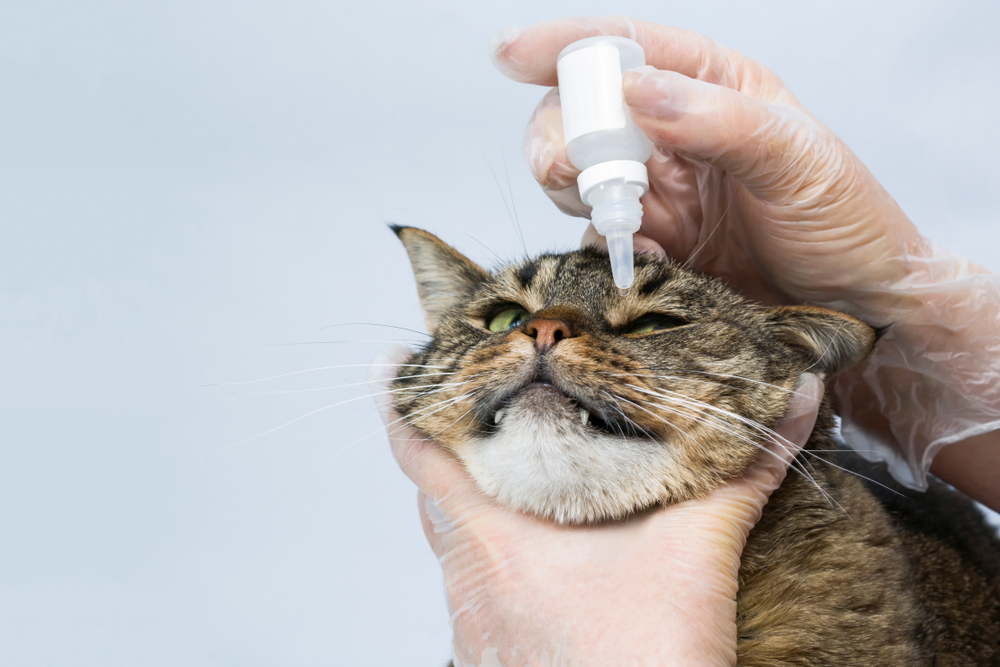
The long-term outlook for pet eye disease depends on the specific diagnosis and how severely your pet is affected. Some conditions are successfully cured with surgery, some are controlled—but not cured—with long-term medications, and some may not respond well to any treatments. Pets will benefit from an ophthalmology specialist consultation to determine which treatments will yield the best outcomes and when delicate surgical procedures are required.
Some eye diseases can result in partial or complete vision loss, which is typically irreversible, but after an adjustment period, blind pets can live happy, fulfilling lives. If your pet develops a blinding eye disease, management efforts will focus first on maintaining vision as long as possible, and then on reducing discomfort and pain.
Keeping your pet’s eyes healthy starts with regular veterinary care. Our team recommends visiting your primary veterinarian for a general check-up once or twice yearly to detect early eye disease signs. Pets with complex or chronic eye diseases benefit from specialty care and should visit our Envision More Veterinary Ophthalmology office for diagnosis and management. Contact us to schedule your pet’s initial consultation or recheck visit.

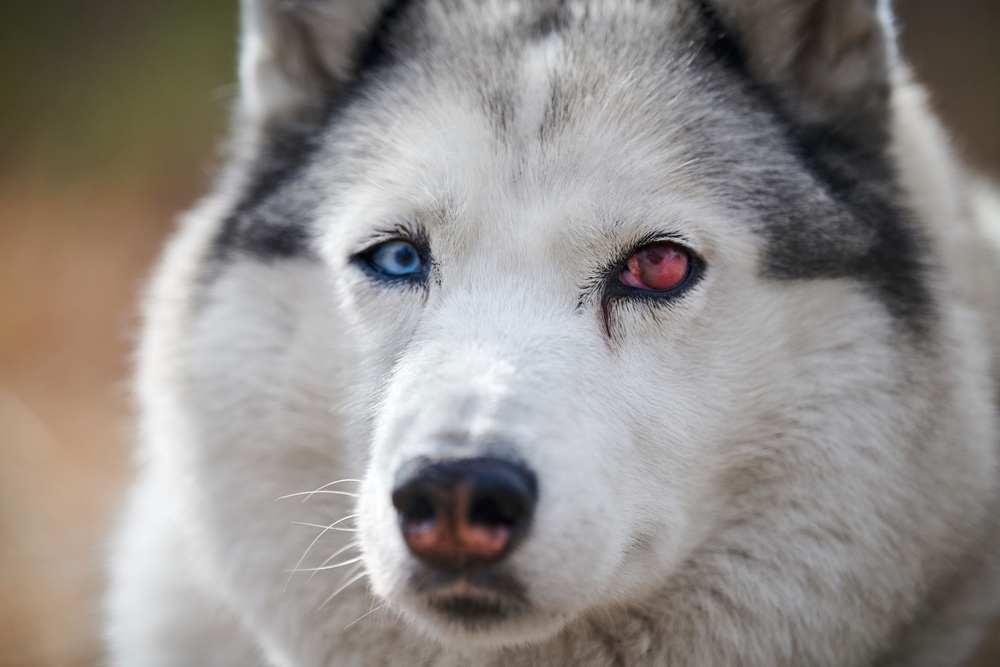
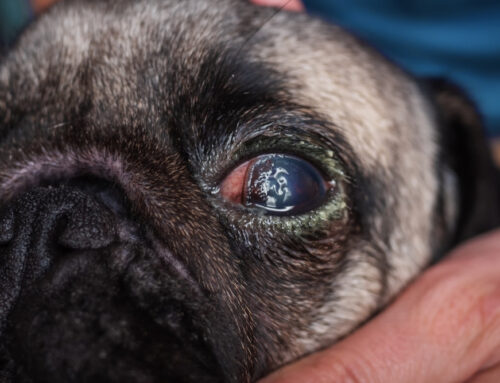
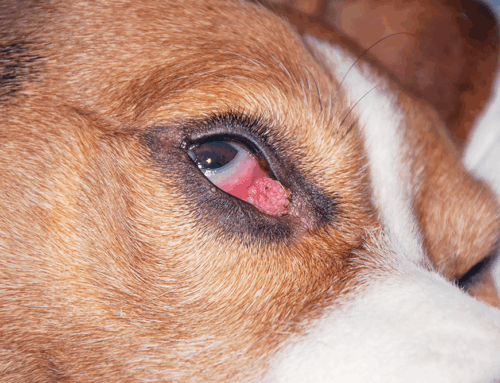
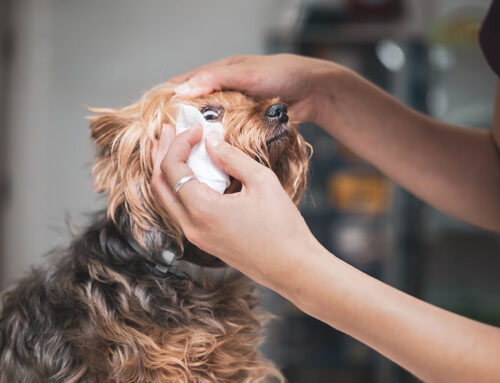
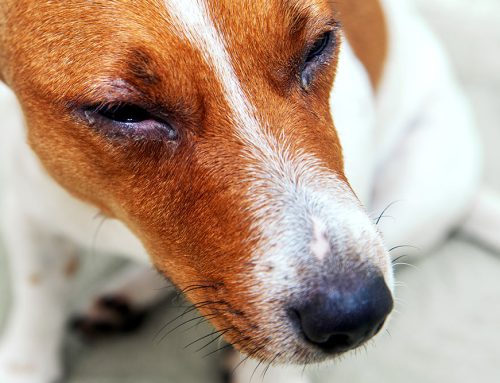

Leave A Comment